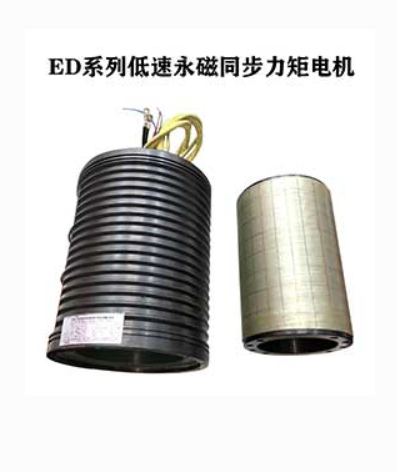
How is the power of permanent magnet synchronous motor generated? Compared with asynchronous motors, what is the difference in the way of power generated by permanent magnet synchronous motors? This small series will take you to answer them one by one.
In an AC asynchronous motor, the formation of the rotor magnetic field is divided into two steps:
The first step is that the stator rotating magnetic field first induces a current in the rotor winding.
The second step is to induce an electric current then generate a rotor magnetic field. Under the action of Lentz's law, the rotor follows the rotating magnetic field of the stator, but can never catch up, so it is called an asynchronous motor.
If the current in the rotor winding is induced by the rotating magnetic field of the stator, but is generated by the stator itself, the rotor magnetic field is independent of the rotating magnetic field of the stator the direction of the stator. The magnetic pole is fixed. The rotating magnetic field will pull the rotor to rotate make the rotor magnetic field rotate in sync with the rotor stator rotating fields. This is how a synchronous motor works.

According to the different ways in which the rotor generates its own magnetic field, synchronous motors can be divided into two types:
One method is to connect the rotor winding to the external DC excitation current, then generate the rotor magnetic field the excitation current, then make the rotor the stator magnetic field rotate simultaneously. This type of synchronous motor that generates a rotor magnetic field the excitation current is called an exciting synchronous motor.
Second, the magnetic field can be generated directly by simply inserting a permanent magnet into the rotor, without the need for excitation induction current. This synchronous motor that generates a rotor magnetic field a permanent magnet is called a permanent magnet synchronous motor. Compared with asynchronous motors, the failure rate of permanent magnet synchronous motors is much lower